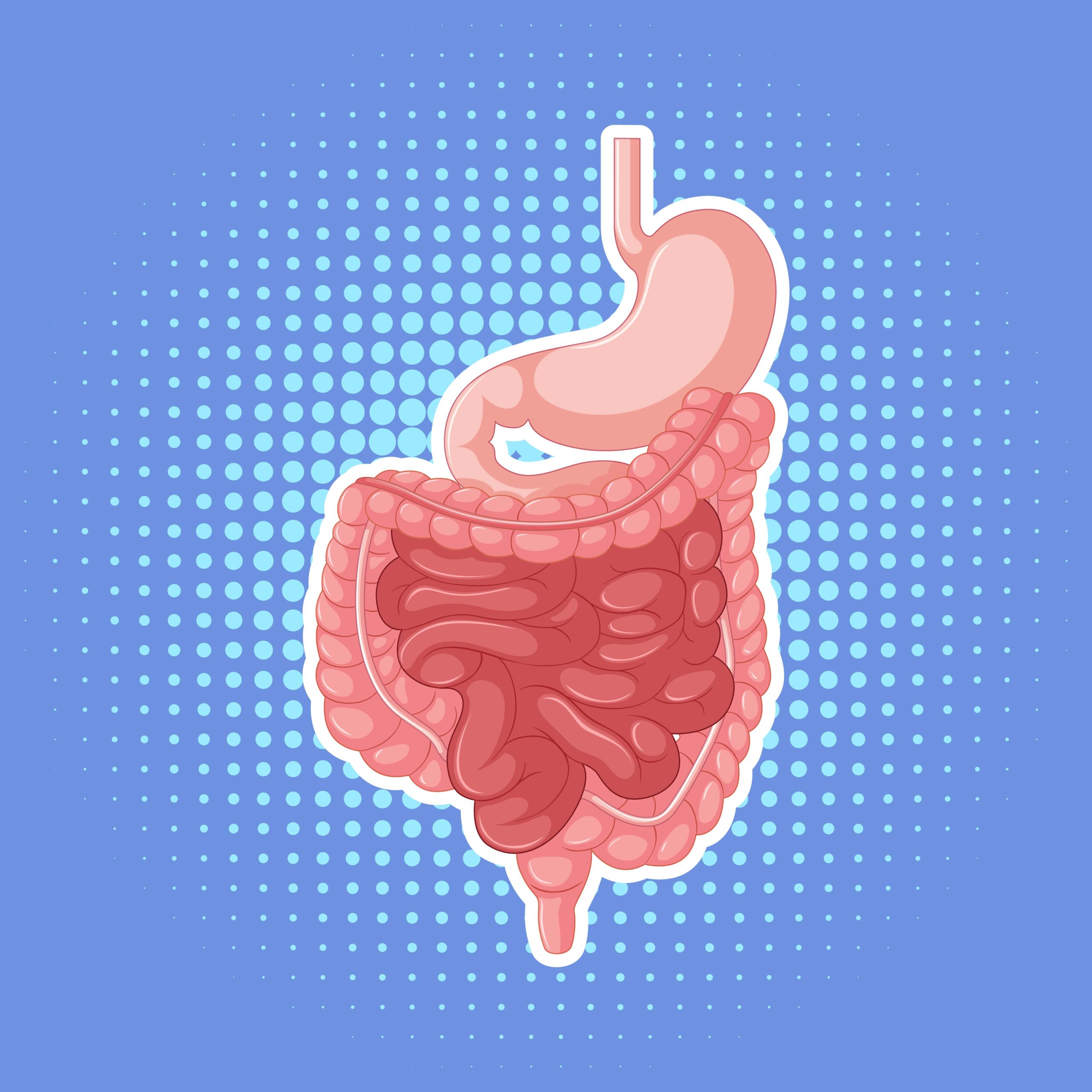The abdomen serves as a protective housing for these vital structures and plays a role in digestion. The stomach is responsible for storing food temporarily before it enters into further breakdown through chemical digestion.
Abdomen Vs. Stomach
Abdomen:
- Location: Area between chest and pelvis.
- Organs: Contains stomach, liver, intestines, kidneys, and reproductive organs.
- Size: Larger in size.
- Function: Protects organs, supports structure, and eliminates waste.
- Structure: Comprised of muscles, blood vessels, and organs.
Stomach:
- Location: Upper part of the abdomen.
- Function: Stores and digests food.
- Size: Smaller than the abdomen.
- Structure: Muscular organ with layers of smooth muscle.
- Connection: Connected to the esophagus and small intestine.
What is the abdomen?
The abdomen, also known as the belly or tummy, is a crucial part of our body’s anatomy. It is located between the chest and pelvis and serves as a protective housing for several vital organs. Picture it as a sturdy fortress safeguarding your insides against any potential harm!
The abdominal muscles play an essential role in maintaining posture and providing stability to our torso. But the abdomen isn’t just about rock-hard abs; it plays host to a variety of other structures too.
Within the abdomen, you’ll find numerous organs working harmoniously to keep our bodies functioning optimally. These include the liver, pancreas, gallbladder, kidneys, spleen, intestines (both small and large), and reproductive organs (in females). Each organ has its unique purpose within this complex network.
Moreover, blood vessels such as the abdominal aorta run through this region supplying oxygen-rich blood to these vital organs. Nerves also pass through here carrying important signals that allow us to feel sensations like pain or pleasure.
What is the stomach?

The stomach, an essential part of our digestive system, plays a crucial role in the breakdown and digestion of food. Located in the upper abdomen, it is a muscular organ that resembles a pouch or sac.
The stomach has three main functions: storing food, breaking it down into smaller pieces through muscular contractions, and mixing it with gastric juices to start the process of chemical digestion. When we eat, the stomach expands to accommodate the incoming food.
Inside the stomach lining are millions of tiny glands that produce gastric juices containing enzymes and hydrochloric acid. These powerful substances help break down proteins and kill any harmful bacteria present in our food.
Once the food is thoroughly mixed and broken down into a semi-liquid form called chyme, it gradually passes from the stomach into the small intestine for further digestion and absorption of nutrients.
Abdomen Vs. Stomach – Key differences
| Abdomen | Stomach | |
|---|---|---|
| Location | The area between the chest and the pelvis, extending from the diaphragm to the pelvis. | A muscular organ located in the upper part of the abdomen, just below the ribcage. |
| Function | Contains various organs, including the stomach, liver, intestines, kidneys, and reproductive organs. | Primarily responsible for the digestion and breakdown of food. |
| Size | Larger in size compared to the stomach. | Smaller in size compared to the abdomen. |
| Structure | Comprises multiple organs and structures, including muscles, blood vessels, and organs. | Specifically refers to a single organ made up of smooth muscle layers. |
| Purpose | Protects and houses vital organs and structures in the abdominal cavity. | Serves as a reservoir for food storage, aids in the digestion of food, and regulates its release to the small intestine. |
| Sensation | May contain various sensations, including pain, fullness, or discomfort. | Primarily associated with sensations related to digestion, such as hunger, fullness, and stomachache. |
What organs are in the abdomen?
- Stomach: The stomach is a muscular organ located in the upper part of the abdomen.
- Liver: The liver is the largest internal organ in the body and is located on the right side of the abdomen.
- Gallbladder: The gallbladder is a small, pear-shaped organ located beneath the liver.
- Pancreas: The pancreas is a glandular organ located behind the stomach.
- Small Intestine: The small intestine is a long, coiled tube that extends from the stomach to the large intestine.
- Large Intestine (Colon): The large intestine, or colon, is a tube-like structure.
- Kidneys: While not entirely within the abdomen, the kidneys are partially located behind the abdominal cavity.
- Spleen: The spleen is located in the upper left part of the abdomen.
What organs are in the stomach?
The stomach is primarily an organ in itself, rather than a location that houses other organs. However, it is part of the digestive system and is connected to adjacent organs. Here are the main organs and structures associated with the stomach:
- Esophagus: The esophagus is a muscular tube that connects the throat to the stomach.
- Pyloric Sphincter: This is a muscular ring located at the lower end of the stomach, near its connection to the small intestine.
Functionality of the abdomen and stomach
Abdomen:
- Protection: The abdomen acts as a protective cavity, housing and safeguarding vital organs such as the stomach, liver, intestines, kidneys, and reproductive organs.
- Organ Support: It provides structural support to the organs within, helping to maintain their position and alignment.
- Blood Supply: The abdomen contains numerous blood vessels that supply oxygen and nutrients to the organs within it.
- Waste Elimination: The large intestine in the abdomen, also known as the colon, absorbs water and electrolytes from indigestible food residue, forming solid waste for elimination.
Stomach:
- Food Storage: The stomach serves as a temporary reservoir for food after it passes through the esophagus. It expands to accommodate the food until it can be gradually released to the small intestine for further digestion.
- Digestion: The stomach secretes gastric juices, including enzymes and acid, to initiate the breakdown of food into smaller particles.
- Mixing and Churning: Muscular contractions in the stomach help mix the food with gastric juices, forming a semi-liquid mixture called chyme.
- Control of Gastric Emptying: The stomach regulates the release of chyme into the small intestine through the pyloric sphincter, allowing for controlled digestion and absorption in the subsequent digestive processes.
Image Credits
Featured Image By – WangXiNa on Freepik
Image 1 By – brgfx on Freepik








